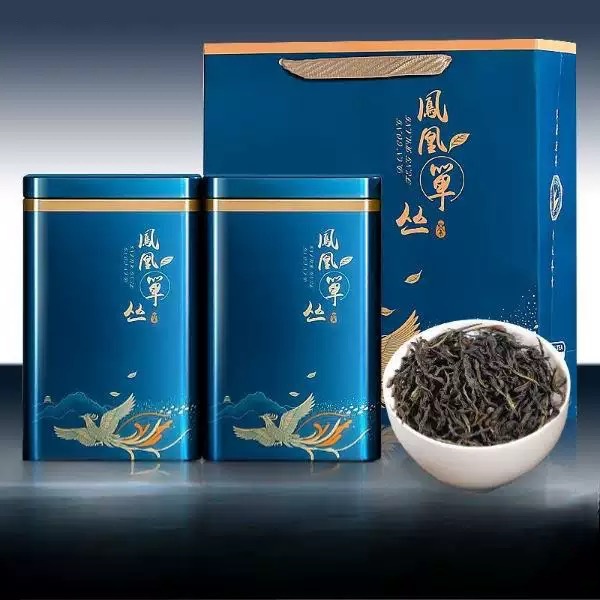
# Storing Oolong Tea: Best Practices for Freshness and Flavor
Introduction
Oolong tea, with its unique semi-oxidized characteristics, offers a delicate balance between green and black teas. To preserve its complex flavors and aromas, proper storage is essential. Whether you’re a casual drinker or a tea connoisseur, understanding how to store oolong tea correctly will ensure you enjoy its full potential with every cup.
Understanding Oolong Tea’s Sensitivity
Oolong tea is particularly sensitive to four main environmental factors:
- Light exposure
- Temperature fluctuations
- Humidity levels
- Air exposure
These elements can accelerate oxidation and degrade the tea’s quality over time, making proper storage crucial for maintaining freshness.
Ideal Storage Conditions
For optimal preservation of your oolong tea, follow these storage guidelines:
1. Airtight Containers
Store oolong tea in airtight containers made of:
- Ceramic with tight-fitting lids
- Tin or other non-reactive metal containers
- High-quality food-grade stainless steel
- Dark glass containers with airtight seals
Avoid plastic containers as they can absorb odors and may affect the tea’s flavor.
2. Cool and Dark Environment
Keep your tea in a cool, dark place away from:
- Direct sunlight
- Heat sources (stoves, ovens, or windows)
- Strong odors (spices or cleaning products)
The ideal temperature range is between 50-70°F (10-21°C).
3. Humidity Control
Maintain a dry environment (below 60% humidity) to prevent mold growth. Consider using:
- Silica gel packets (food-grade)
- Dehumidifiers in humid climates
- Vacuum-sealed bags for long-term storage
Keyword: Storing Oolong Tea
Special Considerations for Different Oolong Types
Light Oolongs
More delicate and floral varieties (like Taiwanese High Mountain oolongs) benefit from:
- Shorter storage periods (3-6 months)
- Refrigeration for extended freshness
- Extra protection from air exposure
Dark Oolongs
Heavily oxidized or roasted oolongs (like Wuyi rock teas or traditional Tieguanyin):
- Can be stored longer (up to 2 years)
- Benefit from slight air exposure for flavor development
- Don’t require refrigeration
Common Storage Mistakes to Avoid
- Freezing tea: Can damage leaf structure and affect flavor
- Transparent containers: Allows light degradation
- Frequent container opening: Increases air exposure
- Storing near spices: Tea absorbs surrounding odors
